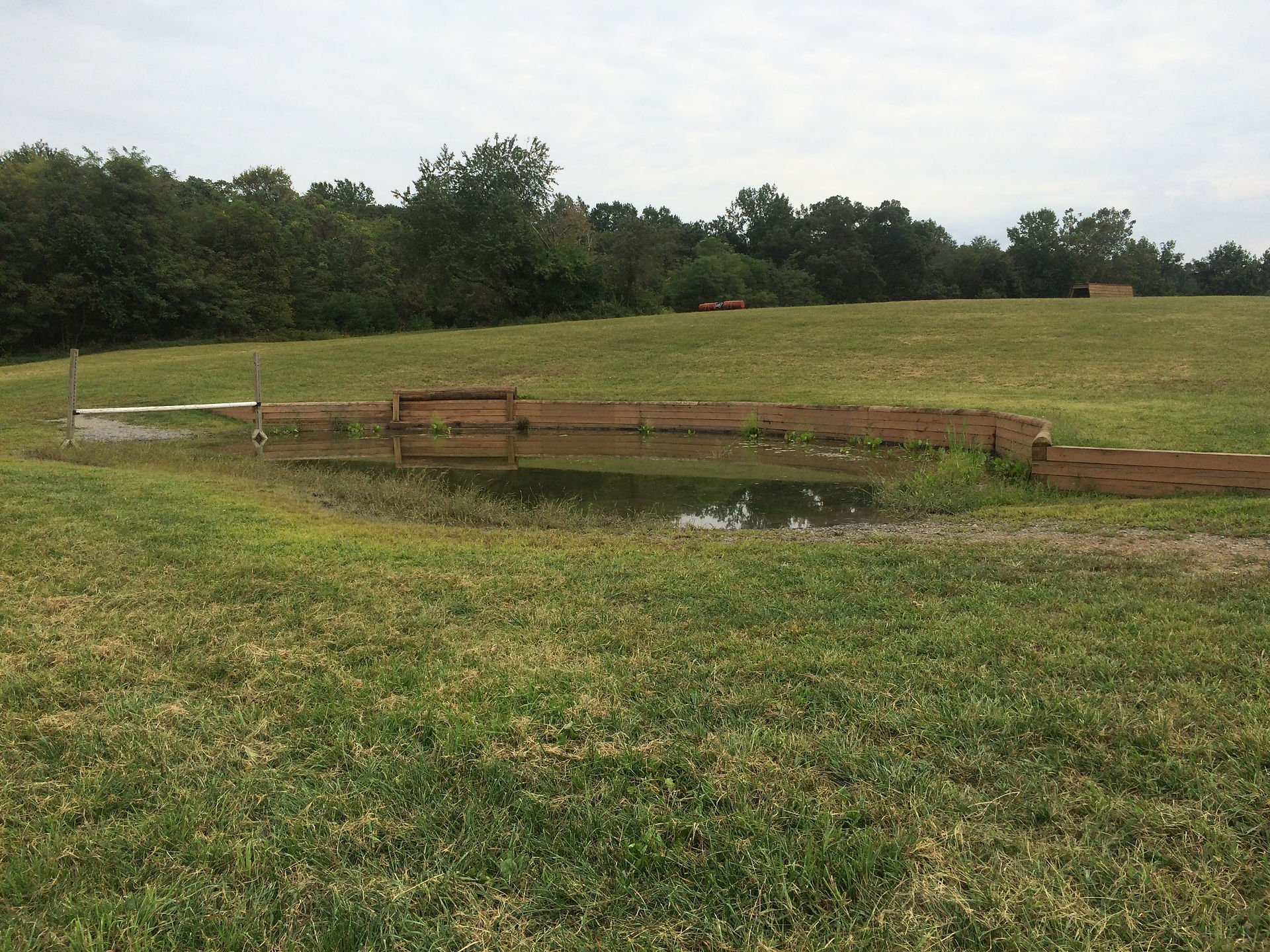



Clagett HorseSports

About: Eventing
Eventing, like Dressage, has a military background. In fact, it was originally known as "The Military"; a system of training developed to prepare soldiers and horses to navigate the perils that they could encounter in war, such as hills, water, fences, trenches, as well as charging in formation and maintaining speed over long distances, in that era of more modern times before and during the early years of mechanized warfare. Eventing today is a three-phase competion consisting of a Dressage test, a cross-country jumping course and a stadium jumping course; the challenges increase equally in each phase with each higher level. Traditional Eventing was held over 3 days (hence the longer name you may have heard before of "Three-Day Eventing"), with each phase happening on a separate day, and cross-country day included 3 additional endurance phases. Today, most Eventing competitions no longer use the "Long Format", having dropped 3 of the 4 endurance phases. There are shorter, one-day events, usually called "Horse Trials", where all three phases happen on the same day; two-day events where usually the Dressage and stadium jumping tests happen on one day and the cross-country jumping course runs on the other; and then 3-day events where each phase gets its own day. Eventing has competition levels of increasing difficulty from beginner to advanced at local, regional, National and International venues. At local venues, you can find less formal competitions where you can opt to enter individual phases.
The Dressage phase consists of a standardized test in either a smaller 20 by 40 meter, or larger 20 by 60 meter, ring with lettered markers at specific points and, as in Dressage, you perform the movements at the markers according to the test created for the level you enter. The judge scores you for each movement, as well as overall performance, and you will receive a copy of the judge's written comments so you can learn from his or her perspective.
The cross-country phase is a cross-country jumping course over natural terrain such as hills, water obstacles and ditches, and there is a pre-determined optimum time to meet. The length of the course increases with each level, as do the number of obstacles and their complexity. The fences are designed to create jumping "questions"; in other words, what is the best way to navigate over them considering the capabilities of you and your horse, the terrain and elapsed time. At the lower levels, each obstacle usually has one jumping option over a single fence, but as the levels increase, there are obstacles consisting of a combination of multiple jumping efforts which include a more challenging, faster option and less challenging, slower options-- remember, there is an optimum time to meet. Unlike Dressage, you are not judged on your form; rather, it is completing each jumping effort without stopping and finishing the course as close to the optimum time that matters. That said, the better form, the better the performance still holds true on cross-country day. A poorly balanced rider with inefficient communication skills negatively affects their horse's performance.
The stadium or show jumping phase is a jumping course held in a ring on either arena footing (sand, stone dust, etc.) or grass, and is primarily a test to show that the horse is still sound and capable of competing after the challenges of the cross-country phase. The course usually has multiple turns and changes of direction, and style does not matter as long as you complete each jump in order, the poles stay up and you keep going without stopping.
All horse sports involve a daily commitment to ensure both horse and rider are fit and capable for whatever discipline you choose. Daily care, schooling, conditioning and preparation. Completing all 3 Eventing phases safely and in good condition requires additional time and work. In addition to schooling flatwork and over jumps, hours of conditioning sets every week over varied terrain is required to build the stamina and strength of both members of your team. Training for all horse sports, including Dressage or polo, should also incorporate cross-country conditioning, but to the degree required for Eventing competence is unnecessary-- unless Endurance Riding is your forte, which is a whole different level of conditioning! For more information on Eventing services, please click the Eventing Services button below or use the sub-tabs under the Services tab on the top menu bar.


